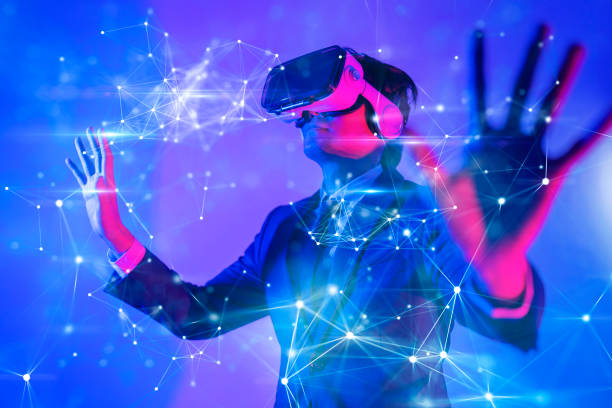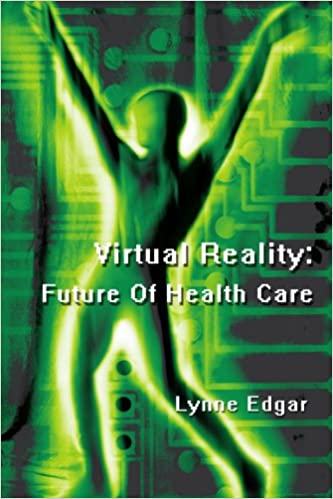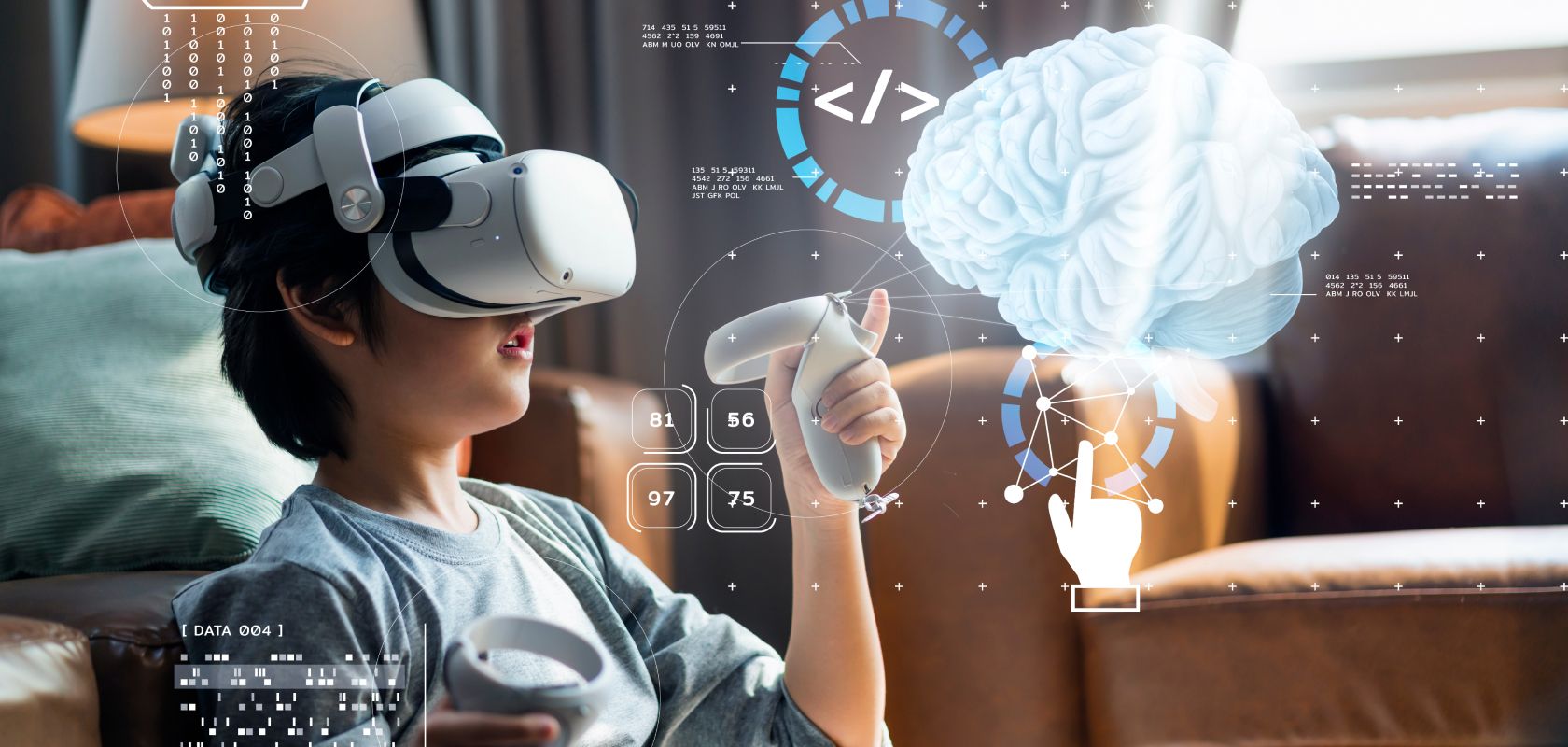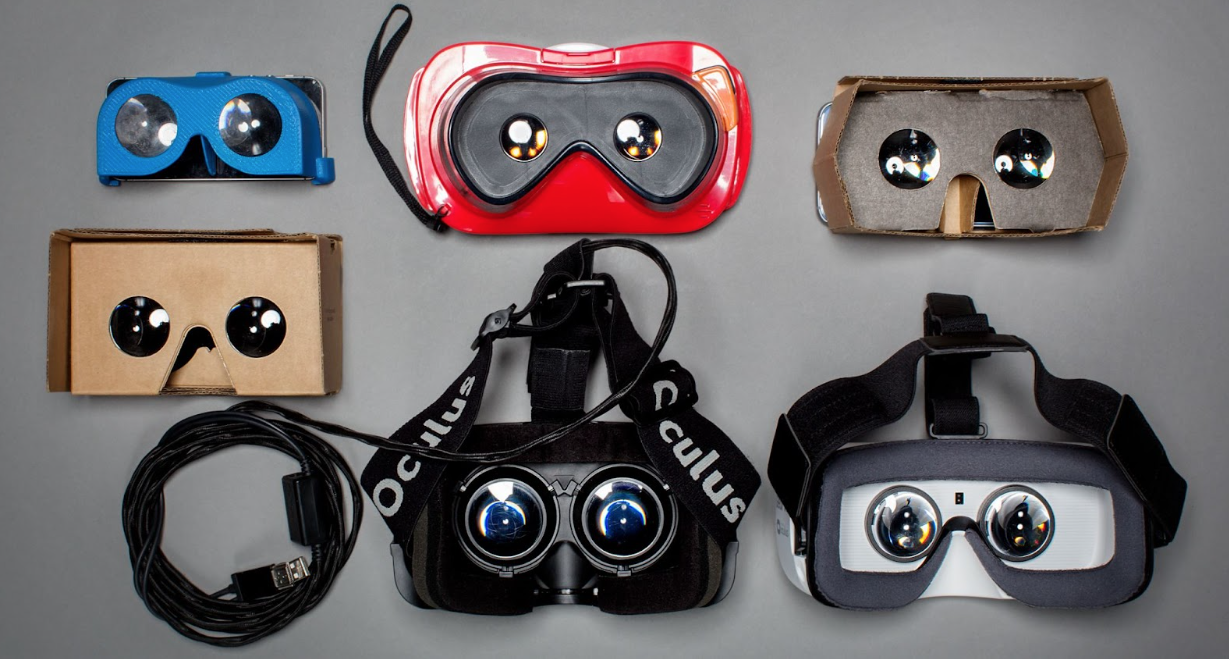Discover the best books on virtual reality
In this article we are going to review some of the best books on virtual reality that you will find.
Tonic3 develops and executes strategies that drive profit through Digital Transformation. Practically that means we are built to help clients hone the right strategy, implement the right technology, and build the right long-term capabilities to deliver lasting transformation.
Industries
We believe that effective technology helps people succeed in their daily lives. So we help our clients engineer useful technology for their clients, partners, and employees. That translates to every major industry, but over the years we’ve developed several core areas of expertise.

Many people associate the metaverse with gaming, but that’s only the tip of the iceberg. At its core, the metaverse is about recreation, creating experiences that transcend the limits of the real world. It’s a collective ecosystem that uses technologies such as virtual reality (VR), augmented reality (AR), and the Internet of Things (IoT) to create a virtual world full of opportunities that brands can tap into to expand their reach and boost their sales.
The use of virtual reality and augmented reality can also be categorized as extended reality (XR). XR doesn’t refer to any specific technology. Rather, it’s an umbrella term for technology that alters reality by adding digital elements to the physical or real-world environment to any extent, whether that be by blending the two together or creating a fully virtual experience.
According to recent research, the global augmented reality and virtual reality—or XR—market is expected to grow by USD 125.19 billion by 2024. Many major industries have already started using virtual reality and the metaverse to improve their offerings and increase their brand’s standing.
Due to the digitalization of our world, new and creative media types emerge every day. Together, these methods can be combined to complement one another and then used as a channel of communication to interact with customers, connecting brands with their target audiences on a deeper level. And that makes it a powerful marketing tool.
The Metaverse Invites Users Into An Immersive Experience
Using XR in a marketing strategy allows a brand to target customers more effectively and present products in a more attractive way, thereby increasing sales and engagement. However, the transition to these new technologies comes with challenges. Most notably, creating a positive user experience (UX) for XR is an entirely different process than traditional UX design, a topic that is covered in more depth in the “The UX of XR.”
Nevertheless, it’s worth the time and investment necessary to learn how to harness these new technologies. With the help of XR, a new era of marketing is beginning, and brands must face the option of keeping up or being left behind. Plus, using XR as a marketing tool comes with a whole host of advantages:
- Provides a unique and personalized shopping experience
- Allows brands to stand out from the competition
- Increases brand awareness
- Increases customer engagement
- Presents products in a more creative and attractive way
- Explains product functions in detail
- Capacitates teams with better training
- And much more!
Even Facebook, the company that brought the metaverse concept to the spotlight again in recent years, has made it clear that the technology must be used responsibly and that its use has to be planned out and developed well to be successful. But with the right tools and approach, the metaverse allows brands to tap into possibilities they would otherwise never have had access to.
Take Ikea as an example. In their virtual showroom, visitors have the opportunity to do what they’ve been doing for years in-store but in a more comfortable way that offers greater functionality. Not only can users enjoy a 360-degree view of a fully furnished room within the experience, but they can also customize it to their preferences and specific needs. That way, customers can get a clear picture of what their home will look like before they buy a product, creating a much more personalized approach than what can be offered in-store.
But this is only one area of improvement. There are many other benefits of using XR:
No More Transporting or Storing Large Inventories or Products
Imagine that you want to present a new product, such as a machine, car, or even a home. These products aren’t very practical to transport or store and can be difficult for a customer to view, in some cases. But with virtual reality, it’s possible to present every product to customers digitally, cutting out the need for backstock and large inventories while also minimizing costs. Not only that but customers can use XR to explore facets of products they never could have seen before, like the mechanisms and interior of machinery.
Allow Customers to Try Products From Home
The biggest benefit of augmented reality is the ability to show your customers your product in action wherever they are and whenever they want! Many companies and vendors are already using this marketing strategy in their online stores. Some opticians, for example, offer the possibility to try on glasses virtually. From the product page, the customer can activate their webcam and display a digital version of the selected glasses on their face to see how they look. This way, the customer already has an idea of what to expect when receiving their products. Subsequently, brands face fewer returns and create greater customer satisfaction.
Attract and Engage New Customers (Online and Offline)
Because customers can feel more confident and comfortable thanks to virtual try-ons, XR can actually prompt more sales. Let's take the example of makeup. A lipstick can have multiple different shades, and the only way for a customer to find the right fit for them is to open and apply each version. Of course, this is problematic for in-store retailers, not to mention an impossibility for online shopping. To overcome this obstacle, L'Oréal Paris created an app that allows customers to test different products digitally using a smartphone. Each look shows the products used so customers can easily find and purchase them online or in-store, leading them to learn about and purchase products they might not have otherwise tried.
Increase Brand Awareness and Customer Loyalty
At a bus stop in London, viewers experienced a fusion of reality and augmented reality as they were visited by meteorites, tigers, and a UFO. Pepsi gave them an experience they would never forget!
It's no secret that arousing positive emotions leads to customer loyalty. Emotional marketing is a powerful tool to stimulate customers using engaging and memorable experiences. And as we’ve come to understand, augmented reality and virtual reality are ideally suited for this purpose because they not only show a customer a marketing campaign but invite them into it.
In conclusion, understanding the metaverse isn't just about being knowledgeable of new technologies but about tapping into the new business opportunities they present. The metaverse is a way to connect people from all over the world. And that is a powerful marketing tool…if it’s used correctly.
At Tonic3, we pride ourselves on humanizing such digital connections. We’ve already helped many brands break into the metaverse and use virtual reality, augmented reality, and extended reality to their advantage to increase their customer loyalty, attract new customers, and improve customer satisfaction with their products and offerings. And we’d love to help you do the same!
Are you ready to enter the Metaverse? Let us show you how you can implement virtual and augmented reality in your company!

In this article we are going to review some of the best books on virtual reality that you will find.

Education is continually evolving, and with the advent of technology, it's taking exciting new forms. One such innovation that's making waves in...

What is a VR Headset? A VR headset is a device worn on the head that’s used to experience virtual reality (VR). It uses a combination of lenses and...